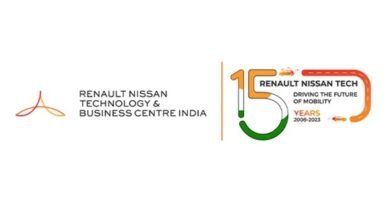Location choice and insiderization

By | Dr. Sundar Parthasarathy | Helping you with insights and actions for success
Indian IT companies (or for that matter any non-US firm that depends substantially on the US for revenues and profits), will have to seriously consider local hiring to be an indispensable aspect of their insiderization.
In January 2017, I wrote that Indian IT giants would invariably look to step up hiring in the USA: Goodbye, cost arbitrage. Welcome, innovation! One of my propositions was that these Indian IT companies would look to bring on board local talent that can help boost their innovation bandwidth and hence, they will not hire for “onshoring” the work that they do “offshore” (in India).
Yesterday, Infosys announced that they plan to set up four “technology and innovation hubs” and hire 10000 professionals in the USA. Their first port of call: Indianapolis. Here are some of the things Indian IT companies have done (not in any particular order) for “insiderization” [read the book “The Mind of a Strategist”, by Ohmae] in the USA: (a) listing on US-based stock exchanges; (b) incorporating the company in the US; (b) hiring local talent – often right up to the top leadership levels – for client-facing functions. But announcements like the one made by Infosys yesterday makes it clear that Indian IT companies (or for that matter any non-US firm that depends substantially on the US for revenues and profits), will have to seriously consider local hiring to be an indispensable aspect of their insiderization.
The company’s choice of Indy as a location was contrary to my supposition that the Indian IT companies will start by hiring in the silicon valley. So, here’s my reading on this. Many states in the Midwestern United States were a part of the “rust belt” that had seen the hollowing out of manufacturing sector, due to the offshoring of manufacturing – especially to locations in China. Around 2010, a few leading US multinationals started to take steps at “re-shoring” manufacturing by stepping up their competitiveness in domestic manufacturing and so, adding local jobs. President Trump’s focus – through his campaign, till now – has been the restoration of US-based manufacturing. At present, the situation is one where there is much news about the impending gain in the momentum to revive the US manufacturing. But clearly, the domestic manufacturing companies (especially the US-origin multinationals) will do this with an eye for competitiveness – and that means “smart” manufacturing. This will call for innovations that encompass areas such as large-scale automation, IoT, data analytics and AI. So, it appears that there is a market-seeking motive in choosing Indy (i.e., to tap the demand for its services that will be driven by the impending revival of domestic manufacturing in the Midwestern US).
There is one more aspect that could answer the “Why start at Indy?” question. The commentaries and reports of the “rust belt revival” are not only about re-shoring and revival of the manufacturing sector. In recent times, a few rust belt cities have been identified as global hotspots for innovation [for example, read the book, “The Smartest Places on Earth: Why Rustbelts Are the Emerging Hotspots of Global Innovation,“ by van Agtmael and Bakker]. There are other accounts that identify (or speculate) Indy to be (or emerge as) the “silicon valley of the Midwest.” This means that Indy is a potentially favorable place for being an attractive resource market – i.e., as an innovation hotspot, Indy could be churning out talented human resources to support innovation-seeking employers and, it could potentially be available at much lower costs compared to the silicon valley. So, Indy comes with the twin benefits of being closer to the “end-markets” and an affordable, competitive “talent market.”
Republished with permission and originally published at Dr. Sundar Parthasarathy’s LinkedIn






